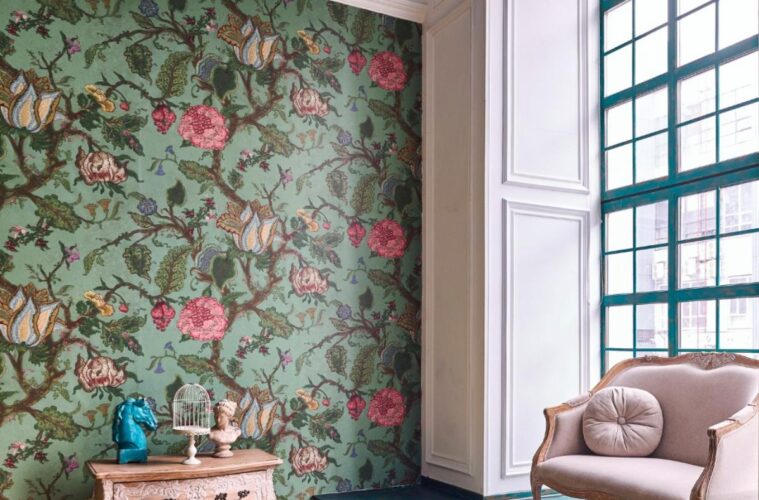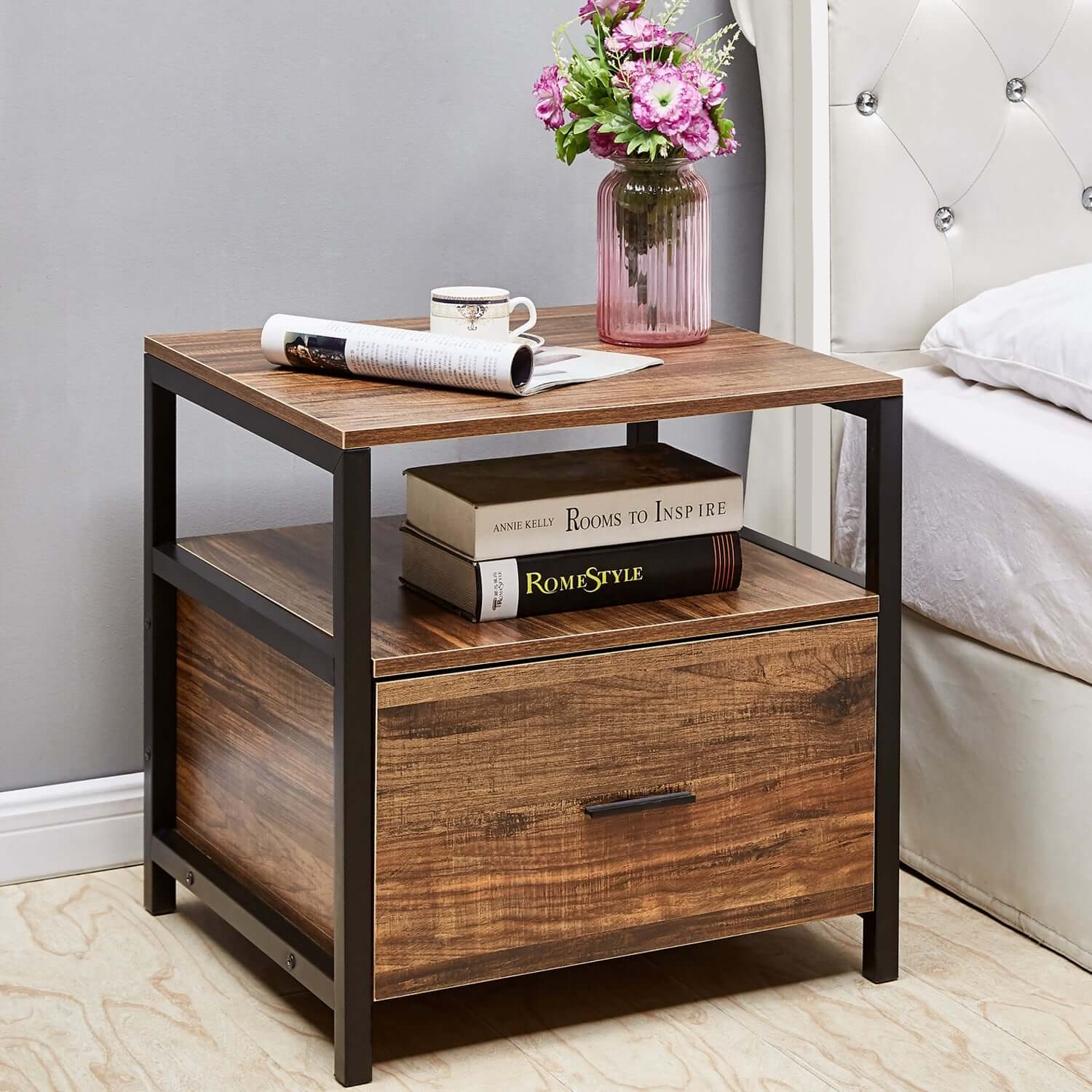Wallpapers are more than just pieces of paper. They can significantly change the overall look and feel of any home. For instance, you can make a bold statement in your room if you install wallpapers that reflect your taste and personality. Once you figure out the right type of wallpaper for your home, it can instantly work its magic.
But with today’s vast array of wall coverings, including Omexco Seraya wallpapers, the selection process has become more challenging. You can unknowingly make mistakes in the process. So to prevent such, here are the seven common mistakes to avoid when choosing and installing wallpaper for your home.
1. Measuring inaccurately
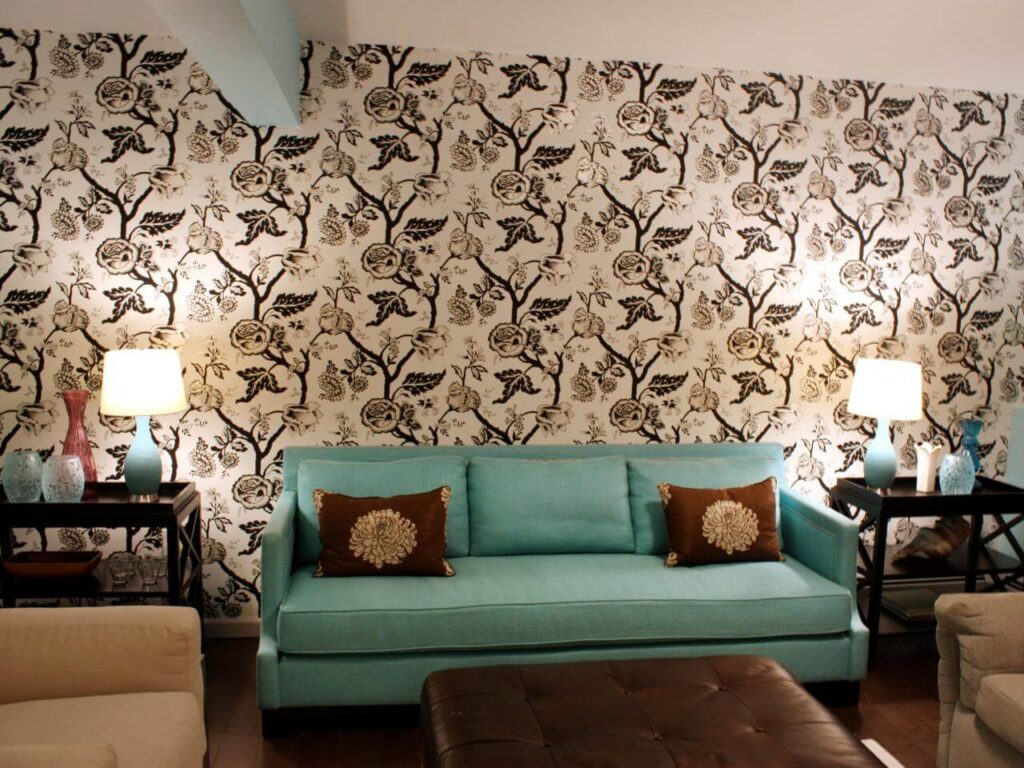
source: hgtv.com
Failing to measure the room you want to cover accurately may lead to several problems, such as ordering insufficient materials. As much as possible, measure the space repeatedly to make the proper estimates.
If you are unsure, here’s a step-by-step process to help determine how much wallpaper you need to buy.
Step 1: Measure all the walls. Multiply the height of every wall by its width.
Step 2: Compute the total square footage by adding all measurements.
Step 3: Subtract the measurements of large openings, including doors and windows.
Step 4: Look into the roll label for how much square footage it can cover and make sure to choose wallpapers whose roll coverage is more than your computed wall square footage.
Consider ordering one roll extra than what you need. Moreover, purchase all required rolls at the same time to make sure that everything is from the same production run and there’s no variation in color. You can ensure this by checking the batch number.
2. Selecting the wrong material

source: fixr.com
Modern wallpapers come in different colors, patterns, and materials. To determine which option works best for your home, do some research. You can also consult a wallpaper supplier to learn more about your choices.
Here are some types of wallpapers to choose from:
- Vinyl – This is the easiest to hang. It is durable, easy to clean, soil-resistant, and simple to remove.
- Vinyl-coated – This wallpaper type has a paper backing and a surface that is sealed with liquid vinyl.
- Solid sheet vinyl – This is best for the kitchen as it comprises vinyl that is bound to a cloth or paper backing. It is considered the most rugged and stain-resistant.
- Foil – This wallpaper type has a polished metal foil base, giving its shiny metallic effect. But since it is highly reflective, it can highlight wall defects. Thus, the base wall must be treated, repaired, or covered neatly with lining paper to not ruin its reflectivity and shine.
- Flock – This wallpaper is distinct for its three-dimensional patterns and the velvet-like fiber printed on its base. It is best used for low-traffic spaces, such as the guest room or master bedroom.
- Mylar – This has a printed paper base with a polyester film above it. Like foil wallpaper, it has a shiny appearance. It is often used for bathrooms and kitchens.
3. Purchasing without requesting a sample
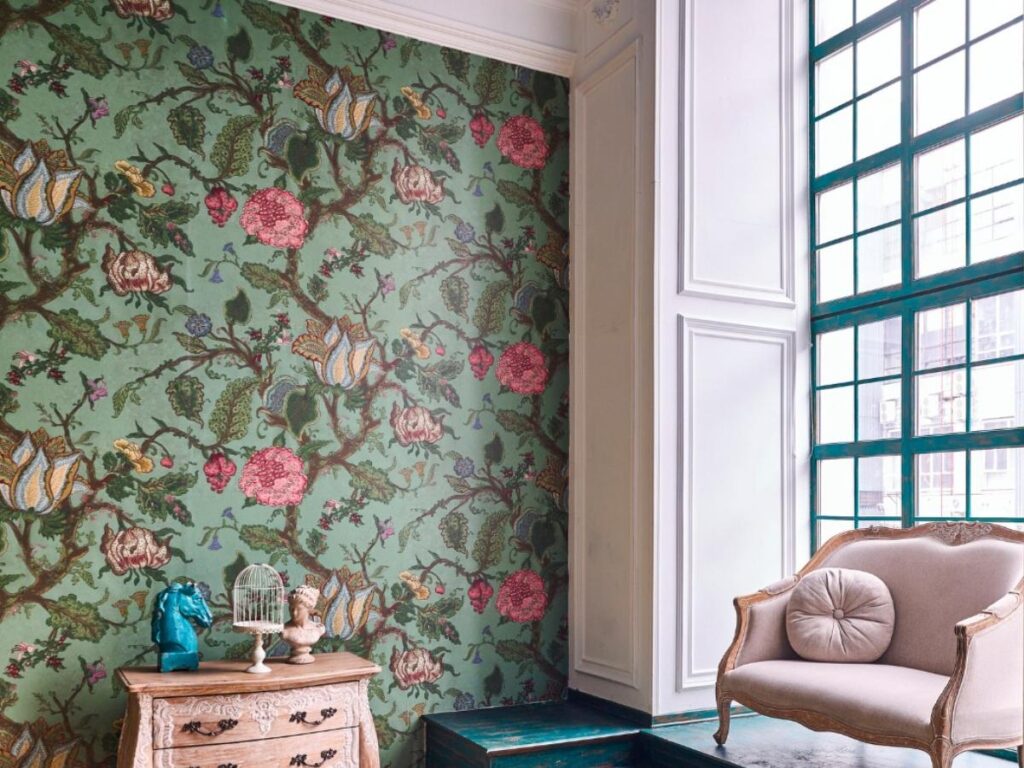
source: pinkvilla.com
Similar to any home improvement project, what you have in mind might not work for your space. You might be thinking of having a big mural, but you are actually working with a small room that can benefit more from modern wallpaper patterns like Omexco Khatam wallpapers.
This does not mean that you have to give up your vision. Instead, order a sample first to help you get a realistic sense of the result. This way, you can make a better purchasing decision.
4. Opting for difficult wallpapers
Whenever possible, avoid unnecessary hassle when choosing wallpapers. Gone are the days when you must struggle with tearing small shreds of paper from your walls.
Today, you can find non-woven types of wallpaper in most home décor stores. These are a combination of natural and synthetic fibers pressed or felted together to yield a flexible, strong kind of wallpaper. These are not just suitable for most home interior furnishing, but they can also be pasted directly onto walls without the need to get your hands wet.
5. Smoothing out the wallpaper from top to bottom
When the air gets trapped under newly installed wallpaper, most people tend to smooth it out from the edges or top-to-bottom. But doing so will ruin its look even more.
Instead, you should smooth it out from the center to both directions. And when it has dried out, and bubbles are still there, just puncture the bubble using a safety pin to allow the air to escape before smoothing out the wallpaper.
6. Working with unprimed walls
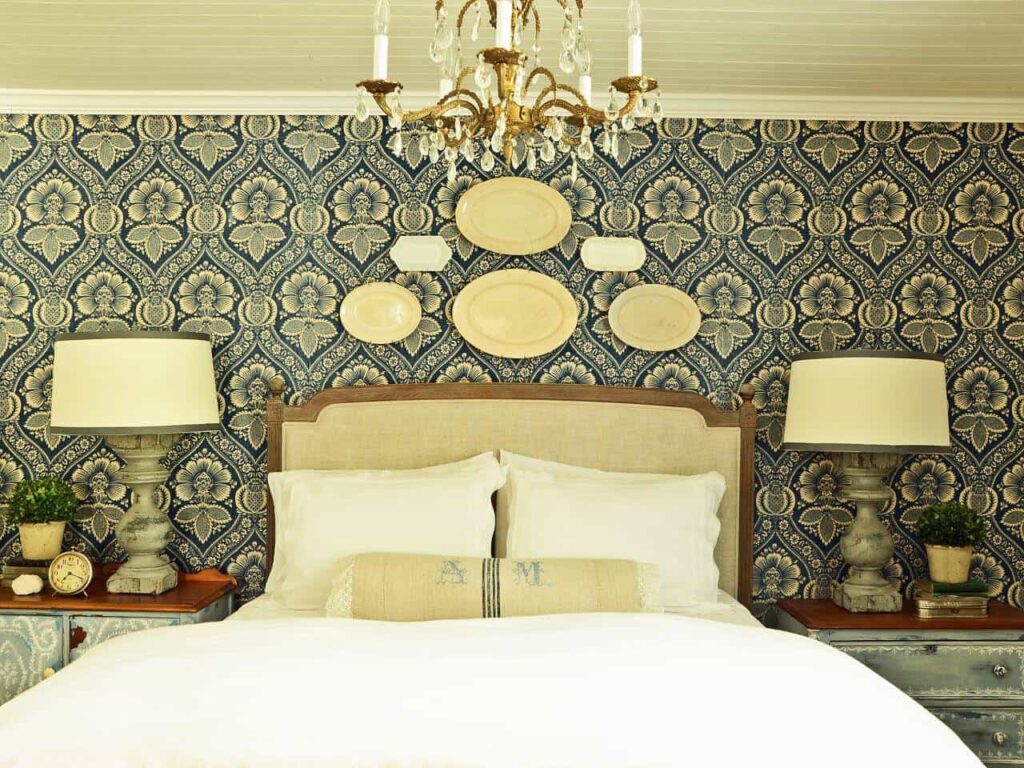
source: hgtv.com
Wallpapers won’t magically fix ugly, uneven walls. They can actually enhance certain flaws, like blotches and rough finishes.
Therefore, before installing your wallpaper, scrub the wall clean and cover it with a primer that is suitable for the kind of wallpaper you’ve chosen.
7. Neglecting the flooring
Your wallpaper should not just complement your furnishings but your floor coverings, too.
Whether your flooring comprises wood, tiles, or carpet, there is a wallpaper type that is suitable for your flooring type. The key is to consider how the wallpaper color and pattern will complement or clash with the floor.
Wallpaper selection and installation is something you must do logically. A simple error can lead to a waste of your valuable resources.
But despite the possible errors, there is no doubt that wallpapers can transform an ordinary room into an extraordinary space. The key is to be mindful of these common mistakes so you can avoid them and achieve the result you want.

